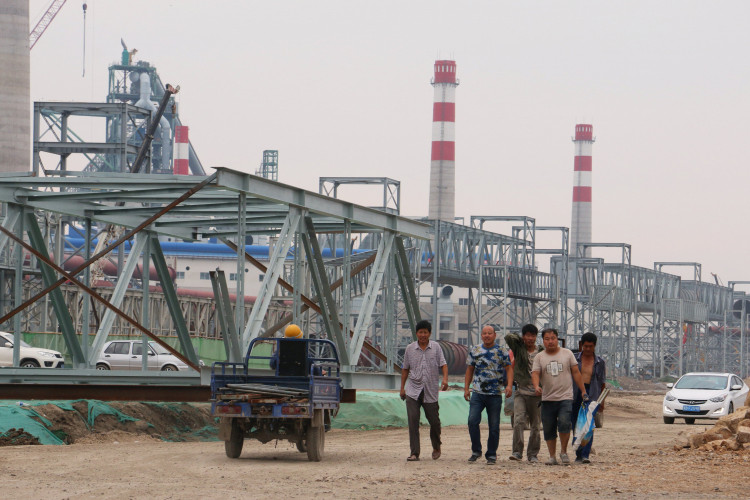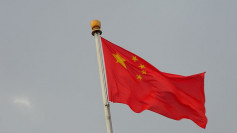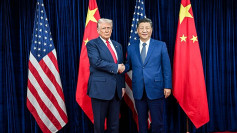Chinese steel industry output reached a record high in the first quarter as consumption in its infrastructure sector increases due to stimulus contributed by the government. The statistics bureau of
China said that its production in March rose 10 percent to 80.3 million tons. The total output of China in steel production reached 231 million tons between the months of January and March. The maker of half of the world's metal increased 10 percent from a year earlier and it is the highest for any first quarter on any record.
The output of Chinese steel prices increases as the economy of China grew steadier. The new policies implemented by the Chinese government helped the country during the global economic slowdown which had weighed on materials demand since the middle of 2018. This week, spot prices for rebar reached its highest since November.
It boosted the producer margins and stimulated higher output.
According to Tomas Gutierrez, an analyst at consultancy Kallanish Commodities Ltd., it's an extremely strong steel output number. He also said that there is the expectation that local governments will have more money to spend on new projects, and that seems to be speeding up demand. He added that there is a growing reliance on state spending to support growth.
The economy of China grew at 6.4 percent in the first quarter. The growth surpassed estimates and it fuelled debates whether the government still needs additional stimulus measures for growth.
According to Citigroup Inc., the demand for metal globally continues to improve with measures like new credit and manufacturing activity which signals a strong turn in Chinese growth sentiment and activity.
Analysts, however, warn on the steel number. According to Kallanish, steel purchasing is peaking earlier than usual because of an earlier Spring Festival. He noted that the numbers this year is lower than last year. The World Steel Association said in its twice-yearly outlook on Tuesday that the country's steel use will expand 1 percent over 2019, compared with an earlier estimate of flat growth.
Bloomberg's intelligence senior analyst Andrew Cosgrove Wrote in a note that increased investment in railways, subways, and urban water and sewage systems will be the principal drivers" of slightly better steel demand this year. Mr. Cosgrove said that the overall demand growth, combined with the extension of winter cuts in Tangshan that removed 20 million tons of supply, should support steel prices above early 2019 lows.






